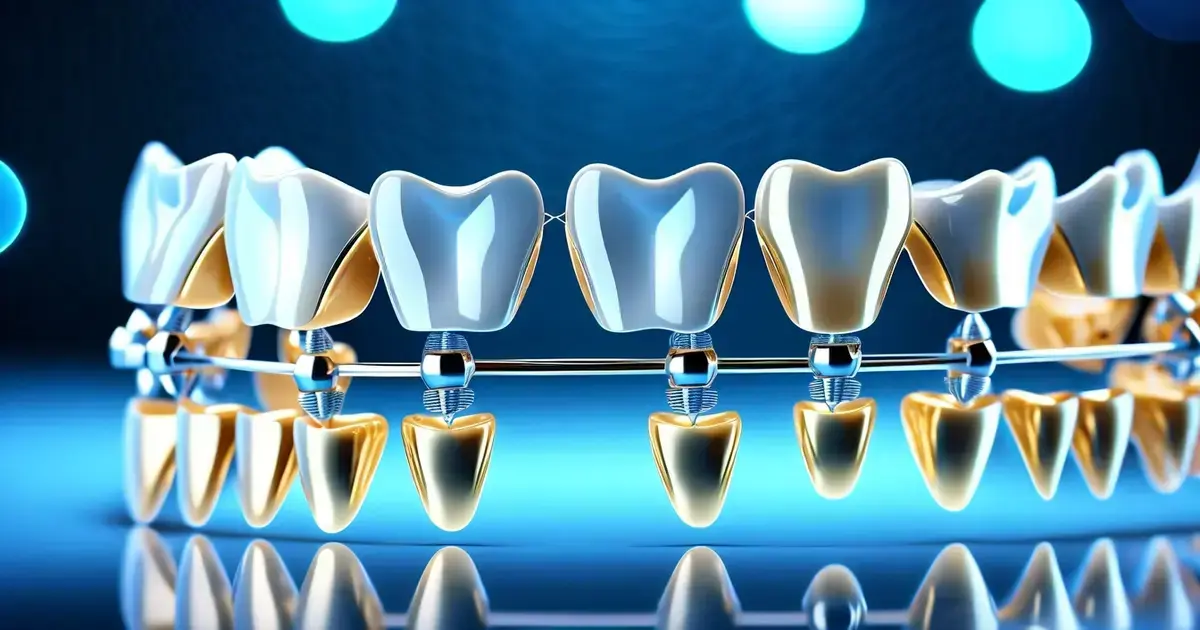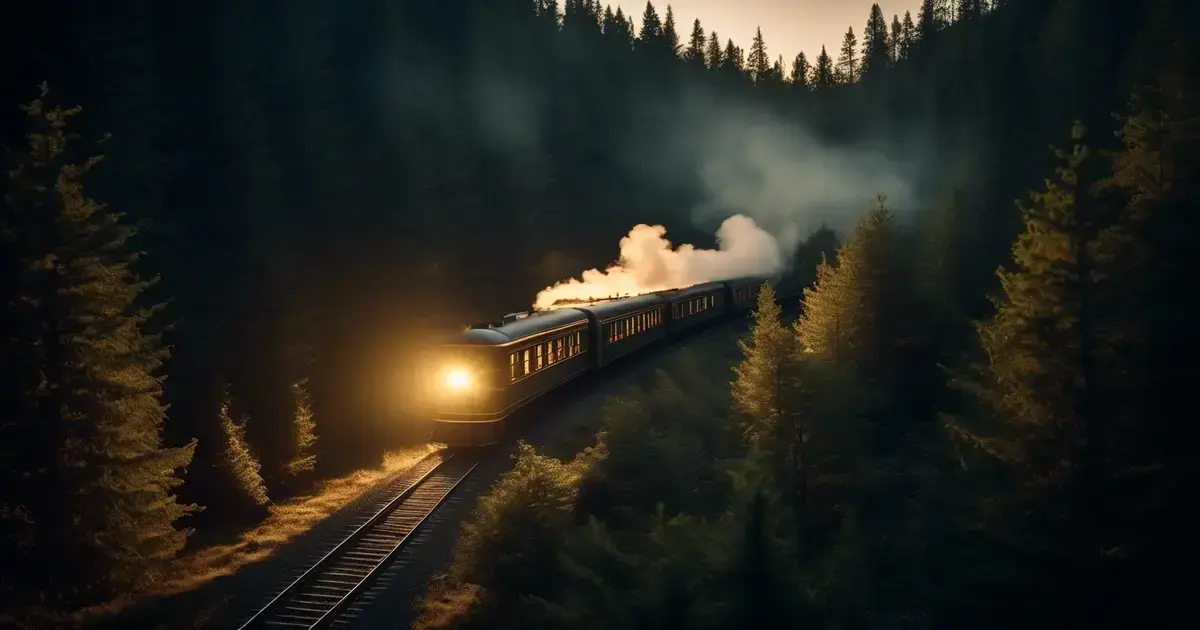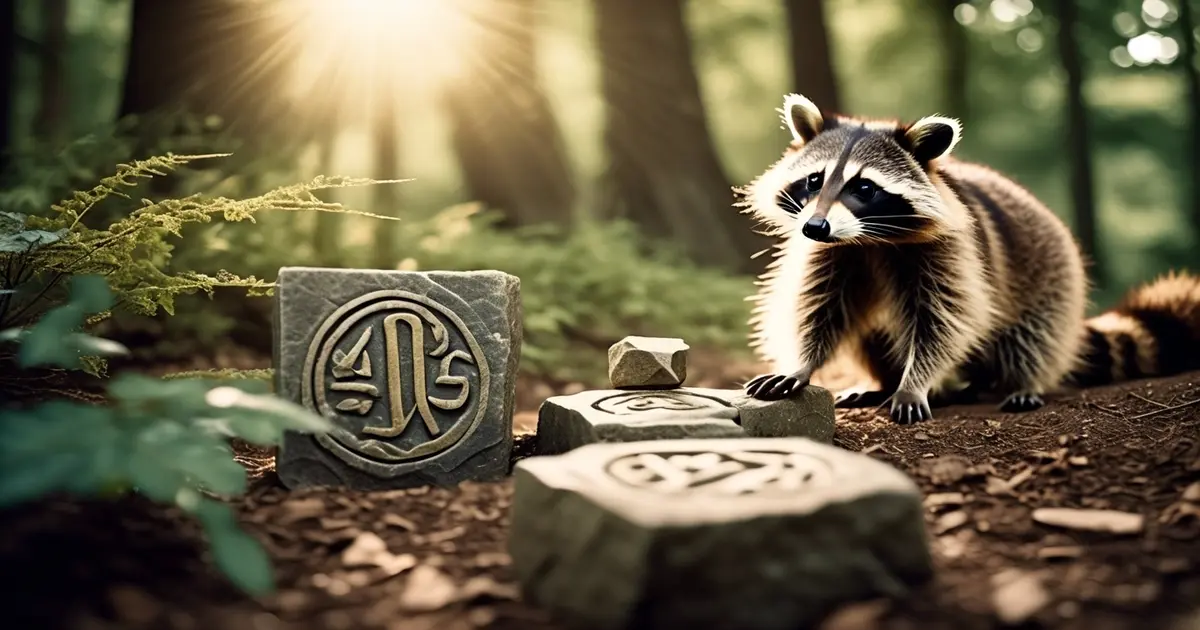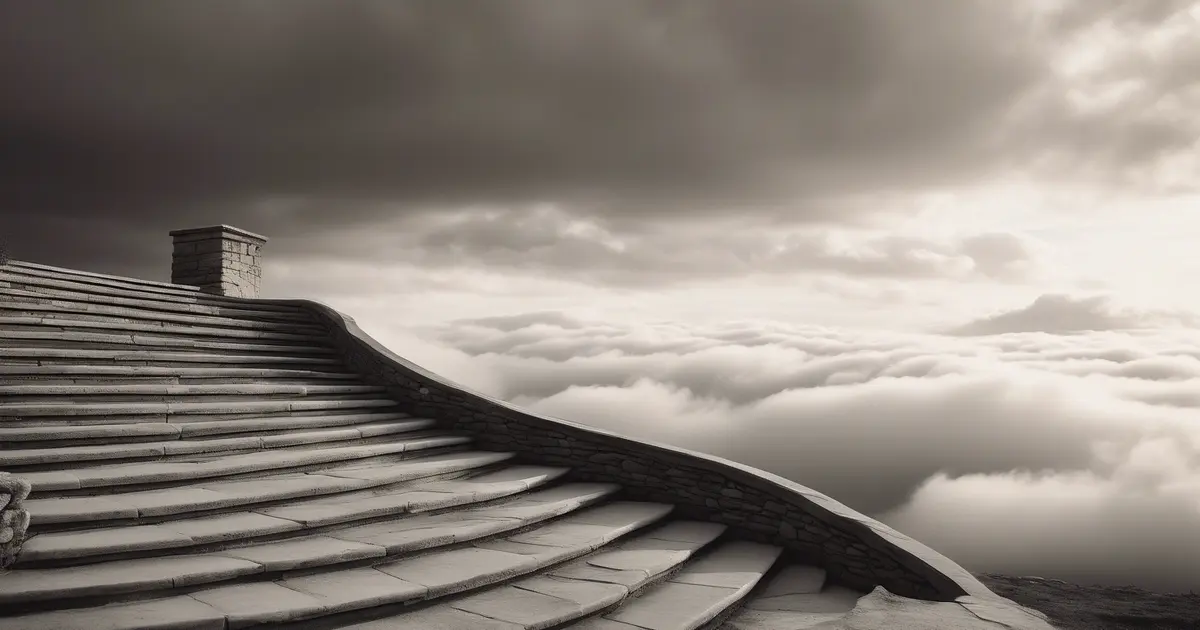Dreams About Bridges: Symbolism & Interpretations
Unlock the symbolism and interpretations of dreams about bridges. Discover the true meaning behind your bridge dreams. Expert dream interpretation.
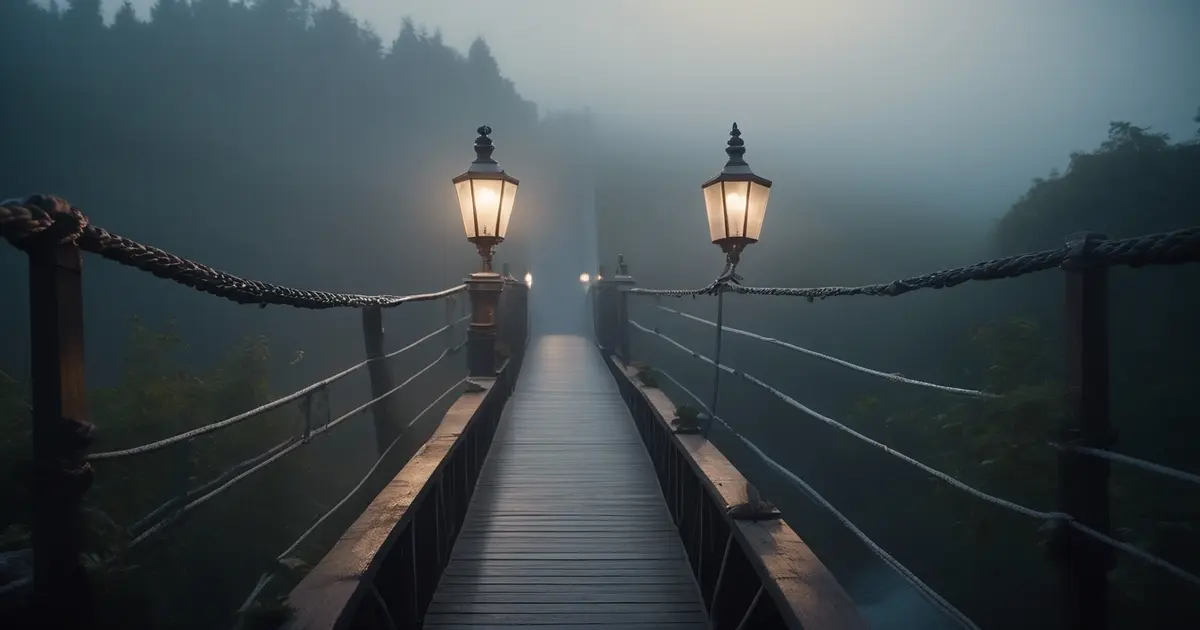
“ The bridge's state corresponds to your certainty and capital. Stable or new bridges indicate readiness; “
Dreams about bridges are dream scenes where a bridge connects two locations, conditions, or decisions, typically associated with transition, danger, or faith. As with many objects in dream symbolism, a firm bridge indicates confidence in your achievements, a broken or unstable span suggesting uncertainty or hesitation. Typical settings include night crossings, high arches over water or crowded walkways, all of which inject mood and stakes. Others observe new beginnings following these dreams, such as a relocation, a career transition, or a new relationship. Others remember acrophobia, or abyss, or chasms that prevent passage. To help you navigate these themes, the following sections organize interpretations by context, dream bridge type, and dream feelings, with clear explanations and actual examples.
Key Takeaways
- Bridge dreams frequently indicate life transitions. Pay attention to where you are on that bridge to determine if you're coming to change, going through change, or coming out at a new place.
- That you crossed, fell, built, or stood on a bridge underscores how you deal with obstacles and decisions. Apply your dream's action to pinpoint a pragmatic next step, such as strategizing, soliciting assistance, or taking a time out.
- The bridge's state corresponds to your certainty and capital. Stable or new bridges indicate readiness; collapsing or shaking structures indicate a need to shore up skills, timelines, or support.
- Your position counts for meaning. Observers require more context, participants thrive on doing so, and architects are prepared to architect and quantify.
- Personality filters such as zodiac elements can provide extra contextualizing without supplanting pragmatic advice. Fire can do, Earth can make a plan, Air can intellectualize, and Water can cry—merge these with practical measures.
- Stress, big decisions, changing relationships, and career changes are frequent triggers. Map patterns in a dream journal and connect them to your waking life to establish concrete, digestible action for the week ahead.
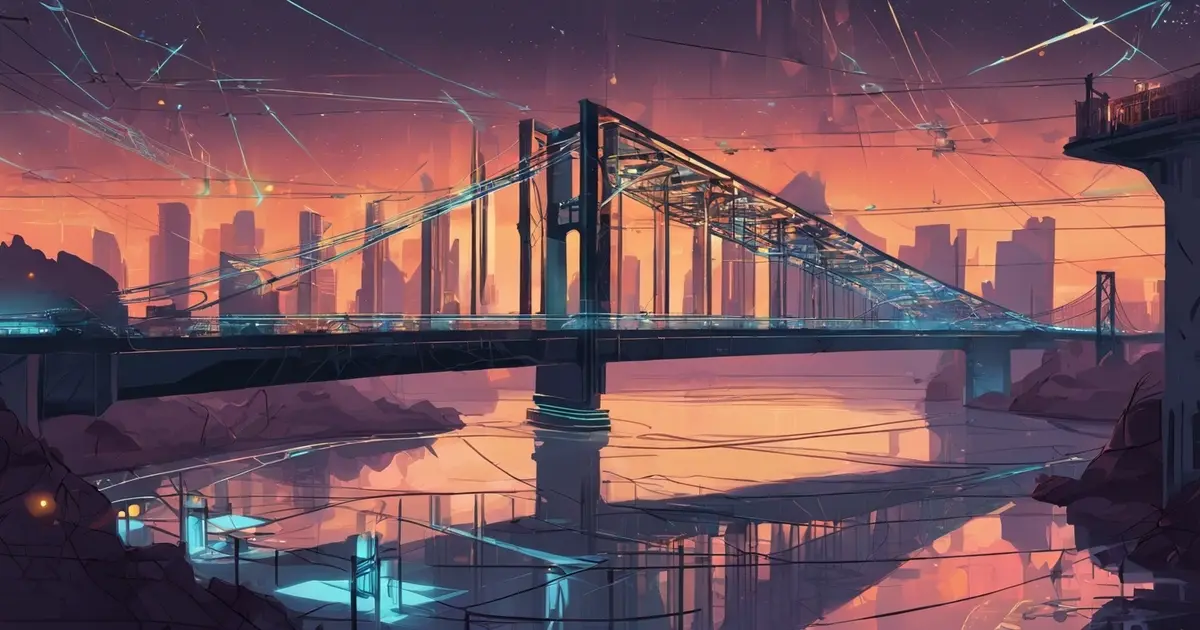
The Core Symbolism of Bridge Dreams
A bridge, such as a wooden bridge, is constructed to cross a barrier — so in dreams, it frequently signifies a transition or connection that enables you to traverse a divide. Like famous bridges, bridge designs differ by purpose, landscape, materials, and budget, paralleling how we manage transformation with distinct instruments and constraints.
1. Life Transitions
Bridges serve as great symbols of transformation, as they are, in reality, passageways from one side to another. In dreams, this can indicate a change of job, course, residence, or persona. A firm, concrete bridge might demonstrate consistent advancement. A swaying rope bridge can mirror precarious schemes or apprehension about transition.
Repeated bridge dreams can signal a call to action. If you're at the beginning and cannot step, it may demonstrate that you're aware of the subsequent stage but agonize over risk. Crossing at night can suggest minimal understanding. Crossing at dawn may reveal a new experience.
2. Overcoming Obstacles
A bridge sweeps water, ravines, or roads. In dreams, it represents tools and assistance to get beyond blocks. If the bridge is shut, you may feel that you are leaning. If it's being fixed, timing is more important than power.
Falling from a bridge can indicate being caught between two roads and being uncertain about what to take. It can also indicate a fear of failure mid-transformation. Pay attention to height, weather, and crowding. High spans can signify significant risks. Torrential rain may mirror uncontrollable stress.
3. Making Connections
Bridges link lands. Dreams frequently link aspects of the self or inner needs with outer roles. Meeting someone halfway on a bridge portends a new bond or deal. A footbridge can suggest intimate relationships; a high highway bridge can indicate extensive connections.
Your motion counts. Walking easily implies confidence. Pausing to peer over the edge can provide a nice emotional verification. For example, broken rails can signify weak boundaries.
4. Facing Choices
A forked bridge or a few ramps in sight may symbolize a choice confronting you, much like a famous bridge representing the trade-offs between speed and risk. One long bridge offers a safe route, while a short, shaky span reflects potential obstacles. Waiting on the bridge can indicate that you desire additional insight.
5. Healing Divides
Ancient bridges, like the famous bridge Arkadiko, were made from downed logs and waterscattered rocks, serving as rudimentary solutions that still succeed in hard-pressed connections. The Arkadiko Bridge, a 13th-century BC arch, illustrates that lasting connections depend on clever construction. In dreams, these symbolic bridges can represent ways of selecting approaches that suit the "terrain" of the battle. A stone arch might indicate solid, old-world sure-footedness, while a contemporary suspension bridge may suggest more elastic instruments, such as facilitated conversations or collaborative efforts. When you're ready to 'cross over,' these dreams frequently signify releasing a grudge or asking for spiritual growth that reunites the divided pieces of your life with love and balance.
Common Bridge Scenarios
Bridge dreams tend to reflect changes in life, venture, and decision. For instance, the significance of a wooden bridge can differ based on your actions on it, the type of bridge, and what lies underneath. Concrete prompts—paper, elevation, and water purity—mold the interpretation.
Crossing a Bridge
Crossing signifies transition. A stroll across a footbridge may indicate a painless transition through a work or domestic change. If it's a stone bridge, most see it as an omen of upcoming profits. Traveling over a covered bridge can suggest a yearning for protection as you redirect yourself, just as actual covered bridges once protected wooden trusses so they could endure longer. Filthy water underneath can warn of ill fortune or blunders; a clean run indicates fair business and direct courses.
Prudence is a good thing if the bridge shakes or a section drops. A slide signals that the next decision might be amiss, so decelerate and fact-check. If you cross the bridge and it collapses, some superstitions claim you could be about to miss a big opportunity. Chronic crossing dreams, in contrast, poke you to make long-overdue changes.
Falling from a Bridge
Falling can represent a fork in the road and uncertainty about direction. It can reverberate fear of loss–status, income, or trust. Looking down from a secure perch might invert the mood–some traditions associate that perspective with affluence or fresh earnings, however situational. Dirty water underneath turns the meaning more toward obstacles.
Real-world photos can add layers. The 2001 Welland Canal collision at the Allanburg Bridge demonstrates how bad air draft and deep draft judgment can be. In dreams, that sort of tableau can indicate design holes, overlooked clearances, or regulations violated.
Building a Bridge
Constructing indicates engagement in working out an issue. You're not waiting for a path, you're creating one. A rigid-frame idea in a dream—one solid piece—might suggest hard, fluid streams withstanding torsional, dilational, and compressive flows without volumetric failure. Trestle-like work, with many short supports, can show a step-by-step plan: temporary props while you move across a tough stretch, later replaced with a cleaner long-term fix.
Yet others view stone as financially stable, timber as traditional, and steel as strong. Orphan bridges—handy crossings over disappeared trails—can caution you to verify that your destination still requires the architecture you're constructing.
Standing on a Bridge
Still standing can indicate pause, review, or a checkpoint before a step. A footbridge in an urban environment can signify fast, cheap alternatives. Greenbridges might suggest a quest for balance between wellness and speed. Skyways imply walled, safe paths.
If the bridge sounds solid, confidence builds. If it appears fractured or near collapse, it can reflect doubt about the future. Old legal ghosts—such as the UK Bridges Acts enumerated in the Short Titles Act 1896—may emerge as regulations, licenses, or tollkeepers in the dream insisting on due process. Height cues matter: learn your plan's "air draft" and the "deep draft" of your limits and whether the crossing fits both.

The Bridge's Condition
Bridge dreams, such as those involving a wooden bridge, often reflect how you evaluate the connection between your current situation and your future path. The bridge's condition symbolizes the health of that connection — whether it's a career change, relationship change, or balancing inner and outer life.
A Collapsing Bridge
A collapsing bridge in a dream indicates a weak link in your scheme or support network. In real life, most collapses start at the base: foundations settle, scour erodes soil, or bearings fail. Flooding can drive debris against piers — and timber spans are more vulnerable. Outward hits count, too–a recent barge strike that induced failure demonstrates how external forces can overwhelm design margins.
If the bridge collapses as you cross, many people interpret that you're likely to miss an opportunity or be late. A partial collapse can be a softer flag: slow down, check assumptions, test loads before you proceed. Inquire which "foundation" is shaky—competencies, finances, analytics, or confidence. In reality, engineers adhere to standards (BS 5400, then, now Eurocodes) that size loads, materials, bearings, and foundations. Your "standard" may be checklists, mentors, or staged milestones.
A Shaking Bridge
A shaking bridge can mirror the stress you experience during transition. Real bridges shudder from wind, the cadence of footfall, or the pulse of traffic — consider beam, truss, or arch structures straining under tension, compression, shear, and bending. Moderate sway doesn't mean collapse, but it does mean you feel danger.
Observe the catalyst. Wind gusts could correspond to capricious markets. Heavy trucks equal stacked tasks. If the tremor subsides when you stop, schedule breaks and pacing. If it worsens mid‑span, add support: more data, peer review, or a backup path, like adding dampers or braces.
A Destroyed Bridge
A destroyed bridge can symbolize a severed connection—work, path, or an ego mask. Sometimes the cause is apparent in the dream: flood, fire, or neglect, which are significant interpretations. For example, a flood suggests passion, while neglect indicates a glacial drift in your emotional connection. When a famous bridge is out, alternatives like a tunnel or ferry may serve, suggesting that you should 'choose a different channel' rather than 'stop.' This reflects the need for resilience, similar to how architectural engineers design strong bridges to withstand challenges.
A New Bridge
A freshly maintained bridge tells of momentum, clean hand‑offs, and solid ground beneath change. Steel or composite spans—such as a neat steel arch—imply power and the simplest use of components.
It can reveal a new method of linking circles of life. A jet bridge is a tidy image: a protected passage from gate to plane, fixed or movable, built to keep weather out and flow smoothly. That can sound like cautious onboarding into a new role, team, or city, with processes that smooth the transition.
Your Role in the Dream
Role defines significance. How you identify with the wooden bridge—observing, traversing, or constructing—indicates what is in transition, what is endangered, and what assistance you crave.
The Observer
Observing a bridge upon approach frequently indicates evaluation and suspension. You might be considering options or scoping out the landscape before you move. Looking down from a bridge correlates with short-term increases, like a raise or a windfall, because height translates to distance in value and possessions. Seeing multiple bridges can flag stubbornness: too many options without movement can harden into delay.
Details give settings. A bridge chapel—common in medieval Europe to serve travelers, often as chantries—could indicate moral checks or social obligations you honor. Some chapels even tolls by way of priests or resident hermits who did fixes — it suggests the fees you agree to pay to "cross." Their demolition or secular conversion during the Reformation can echo the loss of old rules and the necessity of reinventing trust.
Other buildings count. A causeway, such as the Johor–Singapore Causeway, which has more than 100 million crossings annually, suggests consistent, voluminous crossings, not a single daring leap. A timber boardwalk, or even the ancient Sweet Track, conjures images of straightforward tools and enduring recollection. Spotting culverts under roads fits with hidden flows—drainage, habits, feelings. Daylighting or deculverting in the UK may indicate a desire to return what is buried to view.
The Participant
Passing over a bridge is frequently symbolic of entering a new stage, perhaps a personal "Promised Land." When the path opens into a palace or large building, people often experience presents or fortune shortly thereafter.
If the bridge wobbles or half falls, be careful. That scene cautions on fragile treads and decisions with tight spacings.
City cues matter. Overpasses, overbridges, or flyovers in the UK represent grade separation—discovering cleaner pathways beyond friction. Stack interchanges and clearances, dictated by rigid structure gauges in rail work, correspond to boundaries and regulations you must observe to get through.
The Architect
Constructing a wooden bridge in your dream indicates a responsibility burden. The volume of work, white-hot deadlines, and the demand to connect disparate teams or concepts can tax concentration and slumber. It signals agency: you are not just crossing change; you set the span of your future. Consider context, soil, water, and social use like a landscape architect, then select your materials (earth, masonry, wood, concrete) and drainage like culverts to manage stress. Good site planning, stormwater paths, and phased work simplify risk and keep the crossing open.
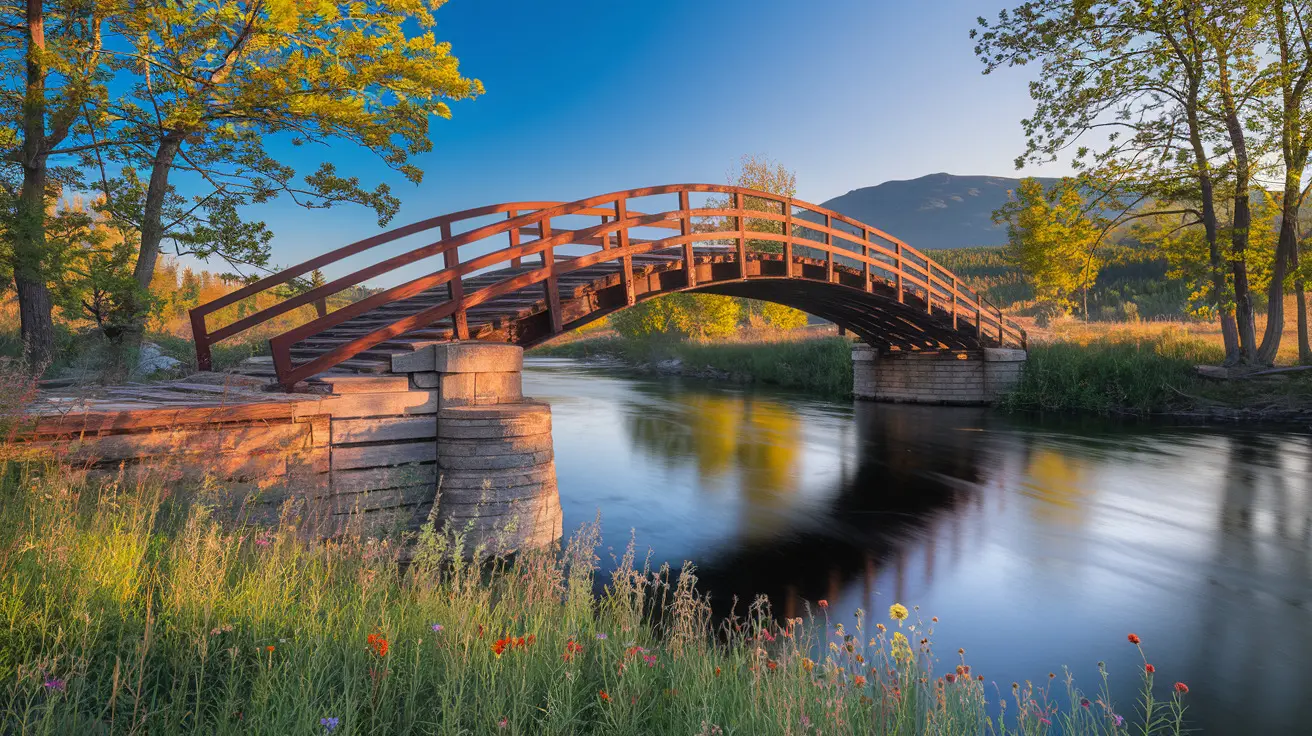
Bridges and Your Zodiac
Astrology charts the sky onto the zodiac, a belt about 8° north and south of the ecliptic, divided into 12 signs of 30° each. It gives a coordinate grid with the vernal equinox as zero longitude—a system defined by Babylonian astronomy and subsequent Greek work. While there is no connection between bridges and signs, in dreams, bridge symbolism often refers to transformation, transition, and connection between aspects of life. The meaning changes with the type of wooden bridge, setting, and how you feel about it.
Fire Signs
A dream bridge can reflect forward force and adventure for Aries, Leo, and Sagittarius. A thin suspension bridge might indicate audacious transformation, with uncertain steps, whereas a sturdy stone arch might reveal determination and direction. Or if the deck is slick or broken, it can still warn of haste, not doom, requesting steadier steps and better timing.
Zipping over quickly may demonstrate a compulsion to do it immediately, and standing at the gate could signify that you need to muster courage. Emotions matter: wonder suggests growth; fear points to risk checks. With inspiration from a rare transporter bridge, constructed to keep ships flowing, could spotlight adaptability—cross via gondola when direct paths are obstructed!
Earth Signs
Taurus, Virgo, and Capricorn frequently interpret bridge dreams regarding organization and responsibility. Even a good sturdy deck, with heavy foot traffic, may develop slow advancements. Piers—massive, enduring supports instead of airy, temporary shoring—can echo your distant ambitions or advisors who provide strength in complex spans.
If the bridge is a megaproject with fuzzy dates, it can reflect big objectives that require well-defined scopes and risk management. A medieval-style gatehouse or bridge tower could denote such thresholds with clear policies, contracts, or audits. Stone bridges might suggest profit — crumbled masonry could demand restoration before you pass.
Air Signs
Gemini, Libra, and Aquarius turn to purpose, conversation, and styling. A bridge connecting two bustling banks can symbolize concepts coming together—teams, partners, or ourselves. If directions are hazy or the route forks mid-span, it might display options that require more information or equitable conditions.
Or it can be social buzz noise on the deck. A still wind over a mountain bridge can be like a sudden illumination. If your dream displays multilingual tags or unsourced assertions, it might push you to check, not guess. Crossing = consent, stopping mid‑deck = renegotiate.
Water Signs
Cancer, Scorpio, and Pisces sense the bridge as a personal path. Mist, rain, or night give ambiance. A low arch over slow water may signify nostalgia. A high span across a swift river can be a profound transformation you feel but can't chart yet.
Loyalty and care are live subjects if you have someone on your back. If someone tarries on the other side, the reverberations of the dream might resound on bridges in which there is trust. Fear of falling is an ancient sorrow. Slow steps display self‑confidence growing. Crossing with the tide sounds can be a spiritual cue: growth, rite, and return.
What Triggers These Dreams?
Bridge dreams tend to crop up when the mental maps shift, when you're uncertain, and need to transition from one phase to another. They often emerge during work, health, or relationship transitions, as the brain processes risk, support, and guidance. These dreams reflect what we see and read, from famous bridges to wartime crossings, and mix that output with personal anxiety or optimism. Exposure and recall are significant factors. A recent experience at a landmark, such as the Golden Gate Bridge, can leave a vivid impression that lingers while you sleep. News images, like troops crossing the Rhine on a pontoon bridge in 1945 or pontoon deployments in more recent wars, like the 2022 war in Ukraine, can also trigger these themes of resilience. Even studying military bridge types, such as Bailey or suspension bridges, or contemporary planning, like a 3D sketch of a wooden bridge barge dock, can plant the mind with technical tableaux that transform into dream icons.
Exposure and recall factor in. A recent experience at a landmark such as the Golden Gate Bridge will leave a vivid impression that books it around while you sleep. News images do as well, like troops crossing the Rhine on a pontoon bridge in 1945 or pontoon deployments in more recent wars, like the 2022 war in Ukraine. Civil applications–like the Hood Canal Bridge–can trigger these themes of resilience. Studying military bridge types (Bailey, Callender-Hamilton, AM 50, DSB, MGB, and dry support) or contemporary planning, like a 3D sketch of a Bailey bridge barge dock, can plant the mind with technical tableaux that transform into dream icons.
The 'bridge to nowhere' can allude to unfulfilled ambitions. In waking life, this means spans with fractured or disconnected ends—such as a German autobahn bridge, a New Jersey Turnpike overpass, or a defunct railroad bridge in Hungary. To a dream, that dead-end picture might signify a directionless move, an "overpass to nowhere," or a blueprint needing revision. The symbolism of bridges can evoke feelings of obstacles and the need for new paths, reflecting the spiritual path of the dreamer's journey.
The 'bridge to nowhere' can allude to unfulfilled ambitions. In waking life, this means spans with fractured or disconnected ends—such as a German autobahn bridge, a New Jersey Turnpike overpass, a defunct railroad bridge in Hungary, or the Bristol Arena entrance bridge, abandoned when funds dried up. To a dream, that dead-end picture might signify a directionless move, an "overpass to nowhere," or a blueprint needing revision.
Weird recurring bridge dreams usually signify stuck patterns. They can arise when you feel isolated, longing for attachment, or envision no secure path. Others develop gephyrophobia from recurrent upsetting bridge dreams, typically associated with old trauma or perceived danger. Small, concrete steps help: name the choice, map options, set short goals, and add supports—people, tools, or time buffers. If dreams persist and distress increases, talking to a clinician can help unpack triggers and plan care, allowing for personal development and emotional connection.
In summary, bridge dreams are rich with meaning and serve as metaphors for our life responsibilities and challenges. They can illuminate our fears, reflect our desires, and guide us toward future opportunities. By interpreting these dreams, we can gain valuable insights into our lives and navigate the complexities of our emotional world.
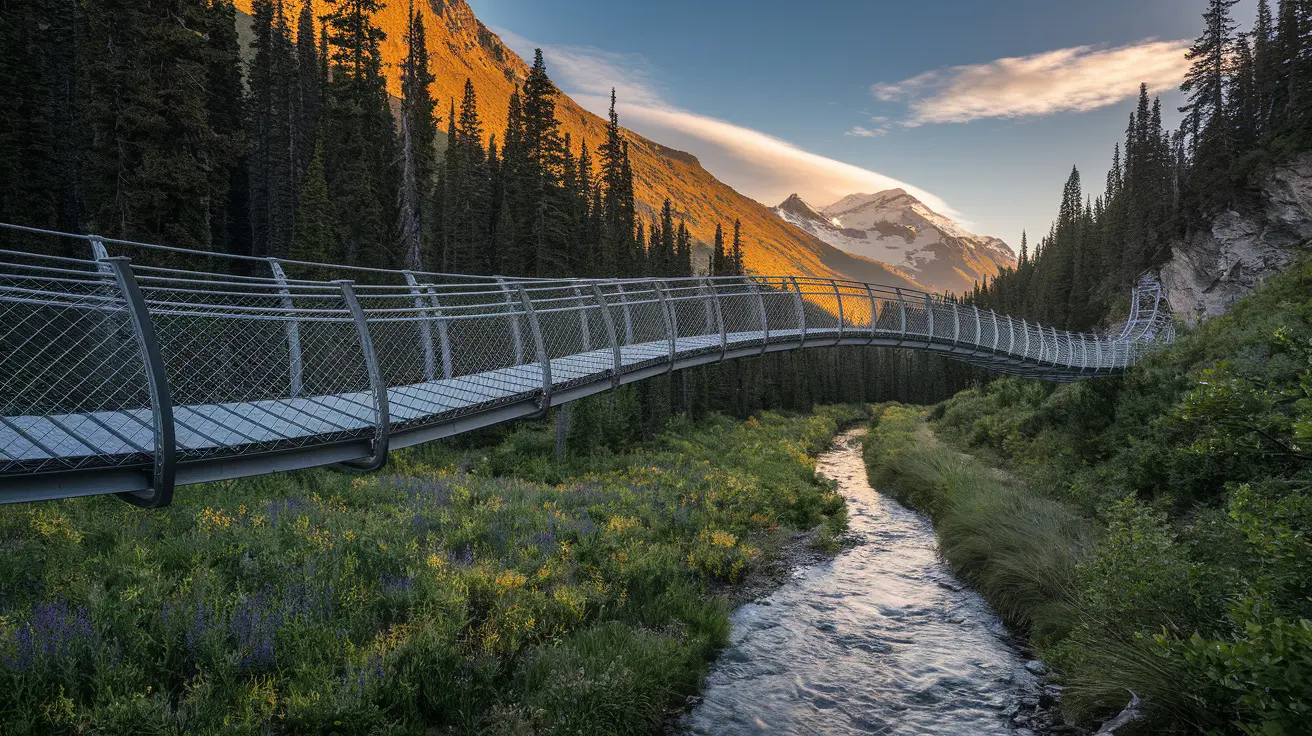
Conclusion
Bridge dreams signify transition, decision, and a journey from one stage to another. A solid bridge alludes to some definite objective. A brittle bridge signals danger or uncertainty. A long span can reveal a gradual transition. A quick one can demonstrate your quickness. A herd can represent external influence. An isolated walk can demonstrate ego.
To interpret your dream, write down the essential elements. Was the bridge tall or short? Ancient or modern? Day or nighttime? Still water or wild waves? Your mood is also necessary. Fear, relief, or pride each narrates an accurate tale.
To apply this, write the dream immediately after waking—circle three interesting facts. Choose one little action today that corresponds with the message.
Frequently Asked Questions
Recent Dreams
Other Dreams
Read more dream interpretations
Dive into the realm of dreams. Explore various dream interpretations. Enhance your understanding of what your dreams could be telling you.
About the author
We provide insights to harness the power of your dreams, improving not just your nighttime narrative, but your daily life as well.


